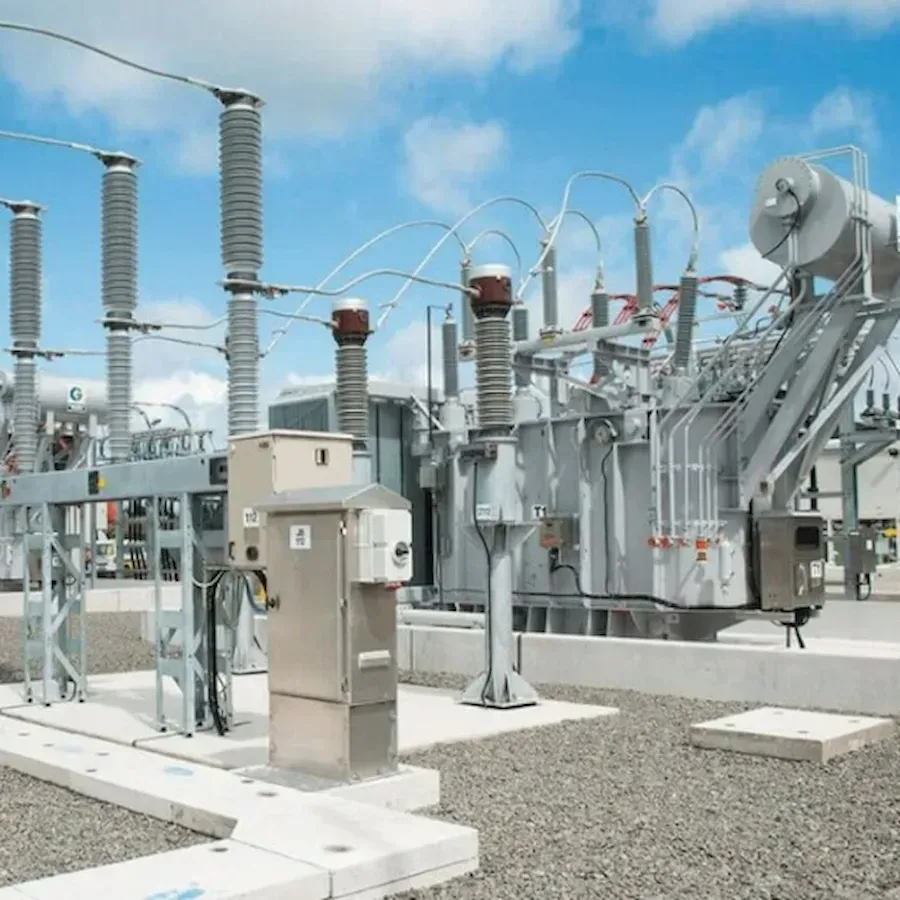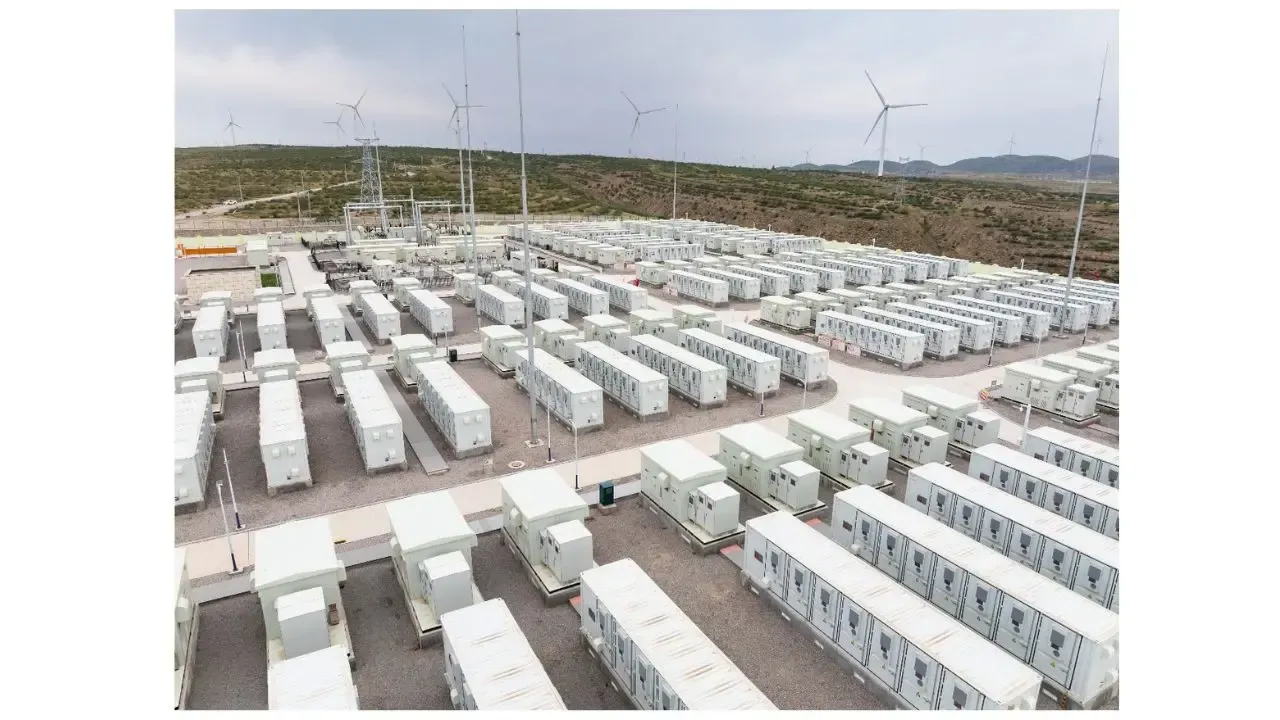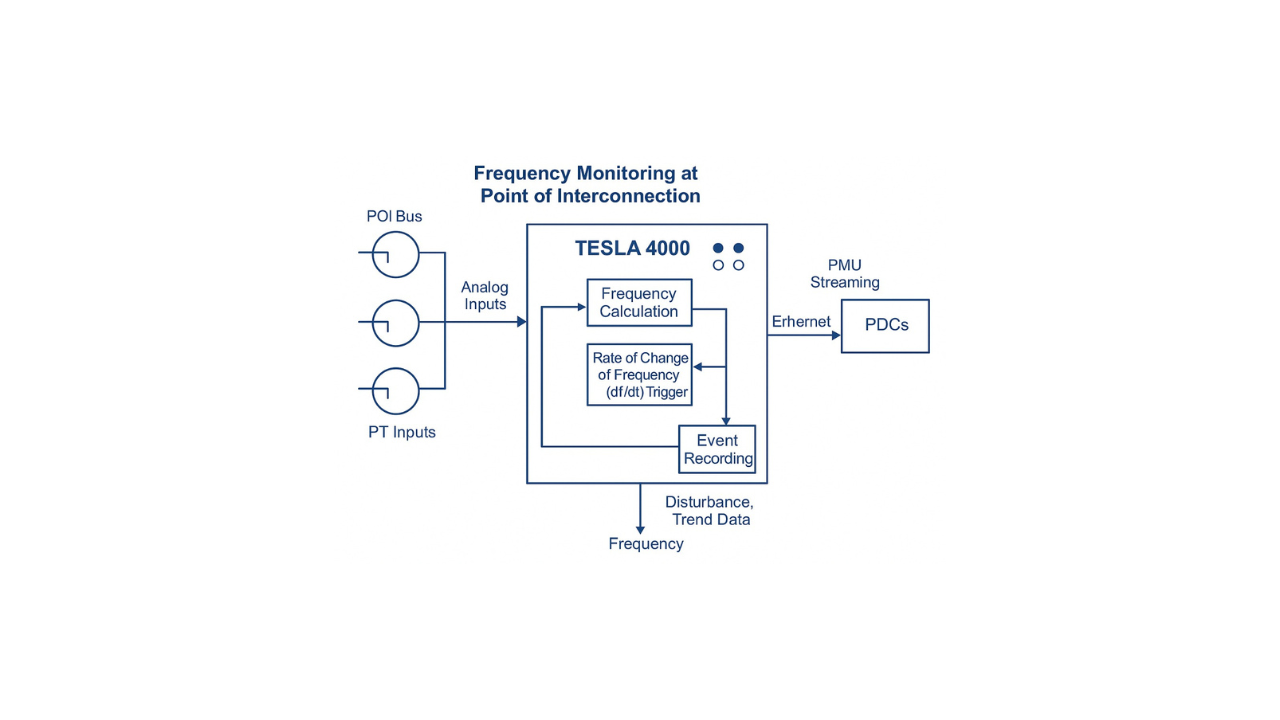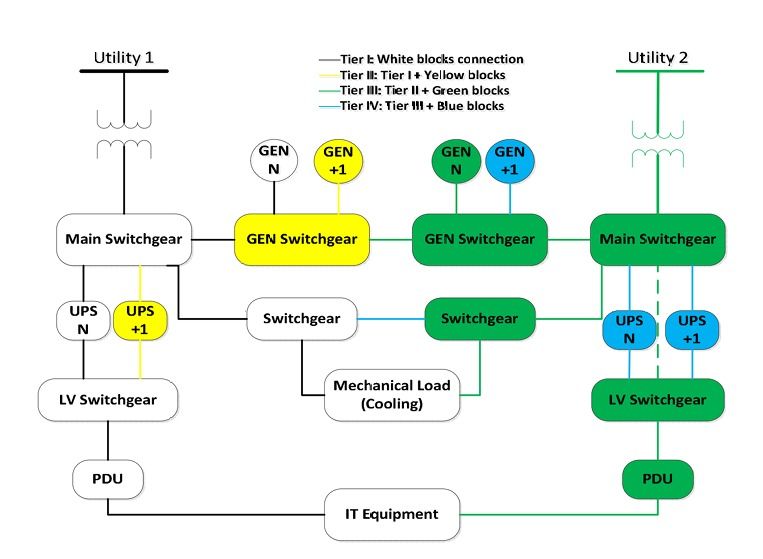A Coordinated Electric System Interconnection Review—the utility’s deep-dive on technical and cost impacts of your project.
TVA LGIP Compliance: A Guide to Large Generator Interconnection for Developers
May 17, 2025 | Blog

Introduction
As the renewable energy industry expands, utility-scale generators must follow clear interconnection procedures with regional transmission providers. For developers working within the Tennessee Valley Authority (TVA) transmission footprint, understanding and complying with the TVA Large Generator Interconnection Procedures (LGIP) is essential for smooth, cost-effective execution.
This guide breaks down the TVA LGIP framework, highlighting critical steps, study requirements, and project milestones. It supports developers, engineers, and legal teams in interconnecting large facilities—solar, wind, hydro, or thermal—with TVA’s transmission system.
Understanding TVA’s LGIP: Purpose and Scope
The TVA LGIP governs how generators over 20 MW connect to TVA’s high-voltage network. While it aligns with FERC pro forma standards, it is tailored for TVA’s grid conditions and regulatory policies.
The LGIP outlines:
- Interconnection request procedures
- Cluster study process (Feasibility, System Impact, Facilities)
- Engineering and construction provisions
- Termination and withdrawal clauses
Key Stakeholders and Responsibilities
Interconnection Customer (Generator Owner):
- Submits the interconnection request
- Provides technical documents, deposits, and site control
- Funds studies and potential construction costs
TVA (Transmission Provider):
- Conducts and oversees all interconnection studies
- May build, approve, or supervise interconnection facilities
- Ensures compliance and reliability standards are met
Interconnection Process Flow
3.1 Interconnection Request
Submit Appendix 1, including:
- Project technical specs
- Location details
- Deposit and proof of site control
3.2 Scoping Meeting
TVA reviews:
- Interconnection configuration
- Study assumptions and resource classification
- CIR vs. energy-only designations
3.3 Cluster Study Process
Conducted in phases:
- Feasibility Study: Identifies early constraints
- System Impact Study: Evaluates grid reliability impacts
- Facilities Study: Finalizes upgrade specs and cost
3.4 Milestone Management
TVA sets deadlines for:
- Design, energization, synchronization
- Commercial operation date (COD)
Failure to meet milestones may result in penalties or termination.
Study Types and Developer Costs
| Study | Purpose | Responsibility |
|---|---|---|
| Feasibility Study | High-level risk assessment | Developer funds |
| System Impact Study | Analyzes reliability impact | Developer funds |
| Facilities Study | Final designs & estimates | Developer funds |
Developers also pay for restudies and withdrawal costs if applicable.
Engineering & Construction Options
TVA offers three execution models:
- Standard Option – TVA handles construction
- Alternate Option – TVA commits to delivery dates with penalty clauses
- Option to Build – Developer builds TVA facilities under TVA oversight
All project milestones and roles are defined in Appendix B.
Withdrawal, Termination, and Default
- Voluntary Termination: Allowed with 90-day notice; all incurred costs must be covered
- Withdrawal: Subject to penalties after study phase begins
- Default: Missing milestones or regulatory violations can result in project cancellation
Commercial Operation and Ongoing Requirements
Appendix E governs:
- Backfeed, synchronization, and COD
- Post-COD obligations like SCADA, metering, and performance tracking
TVA maintains audit rights and can enforce ongoing technical compliance.
TVA Engineering and Safety Standards
All construction must meet:
- TVA interconnection standards
- NERC reliability compliance
- Safety and environmental codes
- TVA approval of equipment and protection settings
Site Control & Regulatory Documentation
TVA requires exclusive site control proof, including:
- Lease, deed, or land purchase option
- Affidavit if constrained by regulation
Failure to show valid control can result in LGIA termination.
Legal Framework and Force Majeure
Key legal protections include:
- Article 22 – Confidentiality
- Article 16 – Force Majeure
- Article 18 – Insurance, indemnity, and liability
TVA Interconnection Case Studies: Real-World Successes
Case Study 1: 100 MW Solar Farm Interconnection – Middle Tennessee
Challenge: A solar developer needed to complete all TVA LGIP milestones—including site control, Appendix 1 submission, and milestone tracking—within tight deadlines.
Keentel’s Role: Delivered technical design, milestone documentation, and LGIP compliance under the Option to Build model.
Result: Project achieved Commercial Operation Date (COD) in just 24 months, meeting all TVA interconnection criteria.
Case Study 2: 50 MW Wind Farm – SCADA and Appendix G Compliance
Challenge: The wind farm required real-time telemetry and SCADA protocols aligned with TVA’s operational reliability standards.
Keentel’s Role: Designed and implemented SCADA systems, ensured Appendix G compliance, and facilitated TVA performance validation.
Result: Project passed testing and entered commercial operation without delay.
Case Study 3: Avoiding Withdrawal Penalties
Challenge: A developer risked missing milestone dates and facing withdrawal penalties during the Facilities Study stage.
Keentel’s Role: Negotiated revised milestone structure with TVA and rescheduled deliverables to maintain LGIP compliance.
Result: Project stayed in queue and avoided financial penalties or LGIA termination.
Case Study 4: Early Termination and Cost Recovery
Challenge: A cogeneration facility opted to cancel its LGIA due to regulatory hurdles.
Keentel’s Role: Managed early termination process, compiled cancellation cost records, and coordinated with TVA on pre-paid material disposition.
Result: Achieved 40% cost recovery, minimizing financial impact on the client.
Case Study 5: Peer Review of TVA Cluster Study
Challenge: A developer needed validation of TVA’s modeling assumptions in a shared Cluster Study.
Keentel’s Role: Reviewed PSSE load flow models, substation design, and project interconnection assumptions.
Result: Provided critical technical feedback that improved model accuracy and ensured fair study results.
Frequently Asked Questions (FAQ)
1. What is TVA’s LGIP?
A procedure for interconnecting large generation (>20 MW) to TVA’s transmission network.
2. What is considered a “Large Generator”?
Facilities with a capacity greater than 20 MW.
3. What is Queue Position?
The order of valid Interconnection Requests as per Section 4.1.
4. What documents must be submitted with an Interconnection Request?
Interconnection Application, deposit, site control evidence, technical data.
5. How long is the LGIA effective?
20 years, auto-renewed annually unless terminated.
6. What if milestone dates are missed?
TVA may assess withdrawal penalties or terminate the agreement.
7. Can developers build TVA’s facilities?
Yes, under the Option to Build per Article 5.1.3.
8. Who pays for upgrades?
Interconnection Customer funds all Network and Interconnection Facilities.
9. What is Appendix B used for?
Defining project milestones and financial obligations.
10. What happens if the Interconnection Customer defaults?
TVA may suspend or terminate work and recover damages.
11. Are there penalties for withdrawing?
Yes, set forth in Section 3.7.1 of the LGIP.
12. Can commercial operation begin before synchronization?
No, initial synchronization must precede COD.
13. What is a Cluster Study?
Joint study of multiple Interconnection Requests in a defined window.
14. How is force majeure addressed?
Covered under Article 16 with mutual obligations.
15. What are “Stand Alone Network Upgrades”?
Upgrades that can be constructed independently, not affecting day-to-day operations.
16. Can TVA retain materials if a project is terminated?
Yes, TVA may keep or transfer materials per Article 2.4.2.
17. Are liquidated damages applicable?
Yes, under the Alternate Option if TVA misses deadlines.
18. What is Appendix H used for?
Documenting Operating Assumptions, especially for energy storage.
19. What is required for wind interconnection?
LVRT compliance, power factor support, and SCADA per Appendix G.
20. What if project assumptions change?
TVA may request a restudy, and costs are borne by the Customer.

About the Author:
Sonny Patel P.E. EC
IEEE Senior Member
In 1995, Sandip (Sonny) R. Patel earned his Electrical Engineering degree from the University of Illinois, specializing in Electrical Engineering . But degrees don’t build legacies—action does. For three decades, he’s been shaping the future of engineering, not just as a licensed Professional Engineer across multiple states (Florida, California, New York, West Virginia, and Minnesota), but as a doer. A builder. A leader. Not just an engineer. A Licensed Electrical Contractor in Florida with an Unlimited EC license. Not just an executive. The founder and CEO of KEENTEL LLC—where expertise meets execution. Three decades. Multiple states. Endless impact.
Services

Let's Discuss Your Project
Let's book a call to discuss your electrical engineering project that we can help you with.

About the Author:
Sonny Patel P.E. EC
IEEE Senior Member
In 1995, Sandip (Sonny) R. Patel earned his Electrical Engineering degree from the University of Illinois, specializing in Electrical Engineering . But degrees don’t build legacies—action does. For three decades, he’s been shaping the future of engineering, not just as a licensed Professional Engineer across multiple states (Florida, California, New York, West Virginia, and Minnesota), but as a doer. A builder. A leader. Not just an engineer. A Licensed Electrical Contractor in Florida with an Unlimited EC license. Not just an executive. The founder and CEO of KEENTEL LLC—where expertise meets execution. Three decades. Multiple states. Endless impact.
Leave a Comment
We will get back to you as soon as possible.
Please try again later.
Related Posts














